A plane crash is every flyer’s worst nightmare. And while you may think there’s nothing you can do to live through one, many airplane accidents are survivable. Here’s what you need to do to increase your chances of getting out alive.
Keep Your Shoes and Socks On
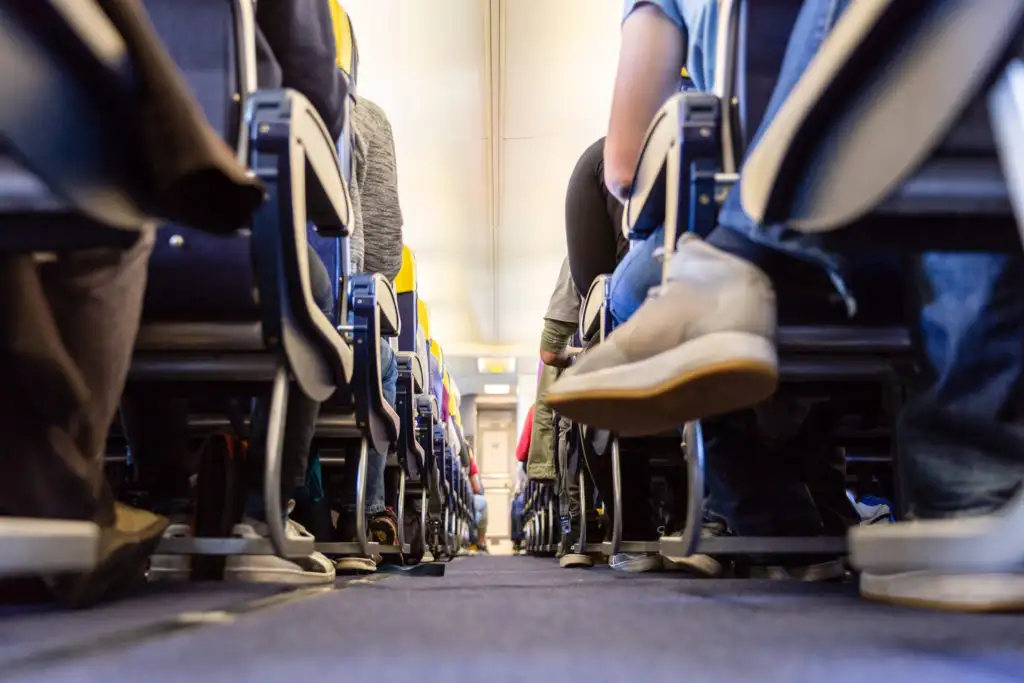
Tempted to kick off your shoes and socks on your next long-haul flight? It’s safer to keep them on. If you have to evacuate the plane, you’ll have a much better chance of getting out if you don’t have to run over sharp debris and fire in bare feet. This is also a good reason not to wear flip-flops on a plane, despite how easy it is to slip them on and off at airport security.
Practice Unbuckling Your Seat Belt
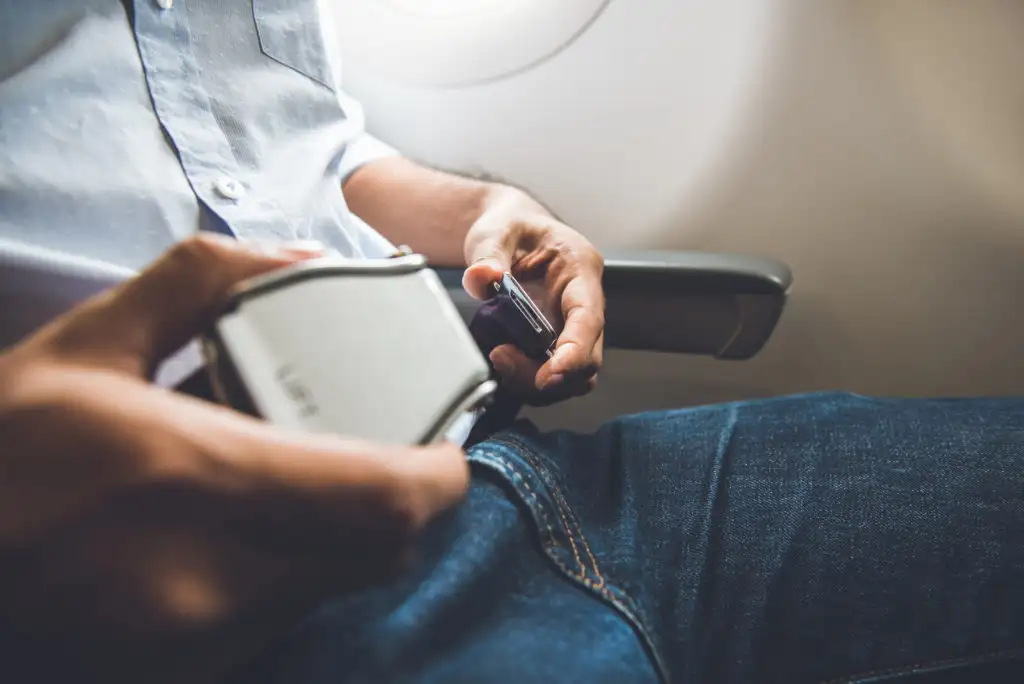
It sounds simple, but in an emergency, you may panic and forget how to unbuckle your seat belt. According to instructors at the British Airways Flight Safety Awareness Course, “It’s muscle memory. In an emergency, people panic. They think they’re in their cars and try to release the seat belt by pushing a button rather than lifting a flap.”
A National Transportation Safety Board (NTSB) report on the 1992 crash of US Airways flight 405 found that “some passengers tried to move from their seats while their seat belts were still buckled, and other passengers had difficulty locating and releasing their seat belt buckles because of disorientation.”
Have a Plan (and a Plan B)
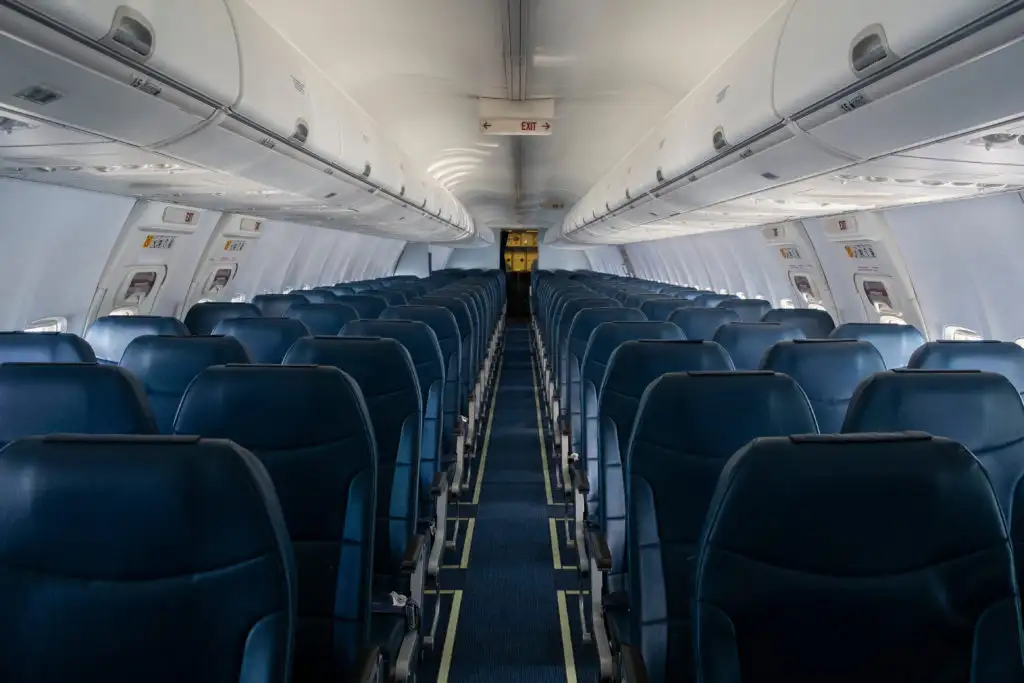
After you sit down, count the number of rows between you and the closest emergency exit. If visibility is low during an emergency, you’ll still be able to feel your way out of the plane if you know exactly how many seats are between you and the door. Study the safety card in your seatback pocket—emergency exits open differently on certain types of planes, and you’ll want to know how yours works.
Be sure to note a second and third way out of the plane in case the exit closest to your seat is blocked.
Don’t Wait for Instructions in a Catastrophe
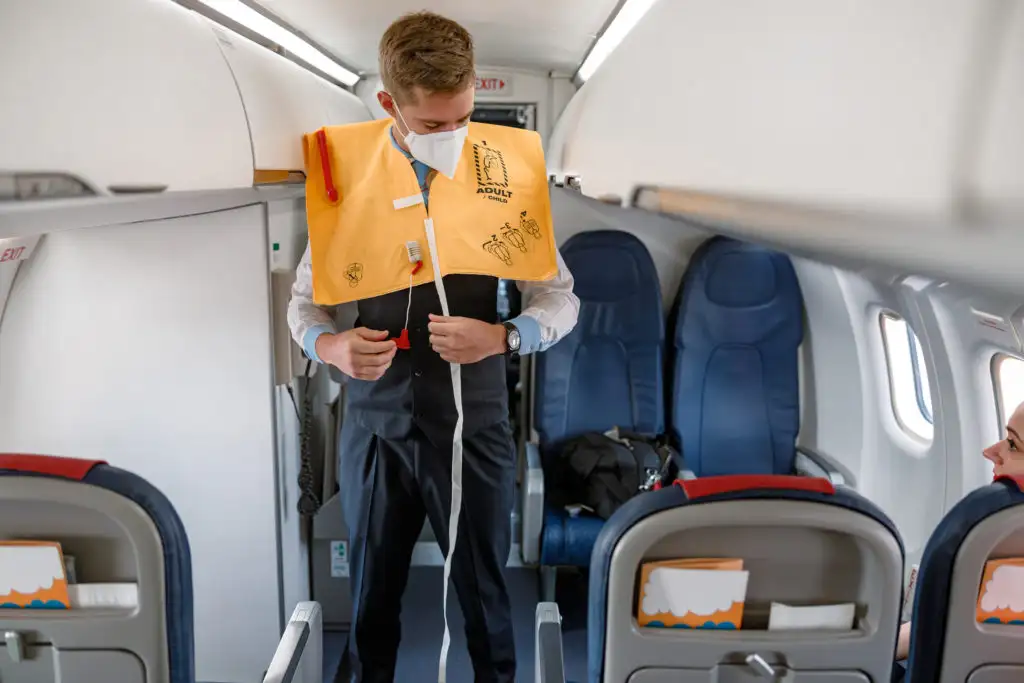
Of course, if the cabin crew is alert and giving instructions, you should definitely follow them. But after a major crash, flight attendants and pilots may be incapacitated or have succumbed to “negative panic,” an inability to act out of shock. According to Ben Sherwood, author of The Survivors Club: The Secrets and Science That Could Save Your Life, 80 percent of people are likely to respond to a disaster with behavioral inaction. Don’t sit and wait for help—get out as fast as you can, and try to help your fellow passengers get moving if they appear frozen.
Use the Correct Brace Position
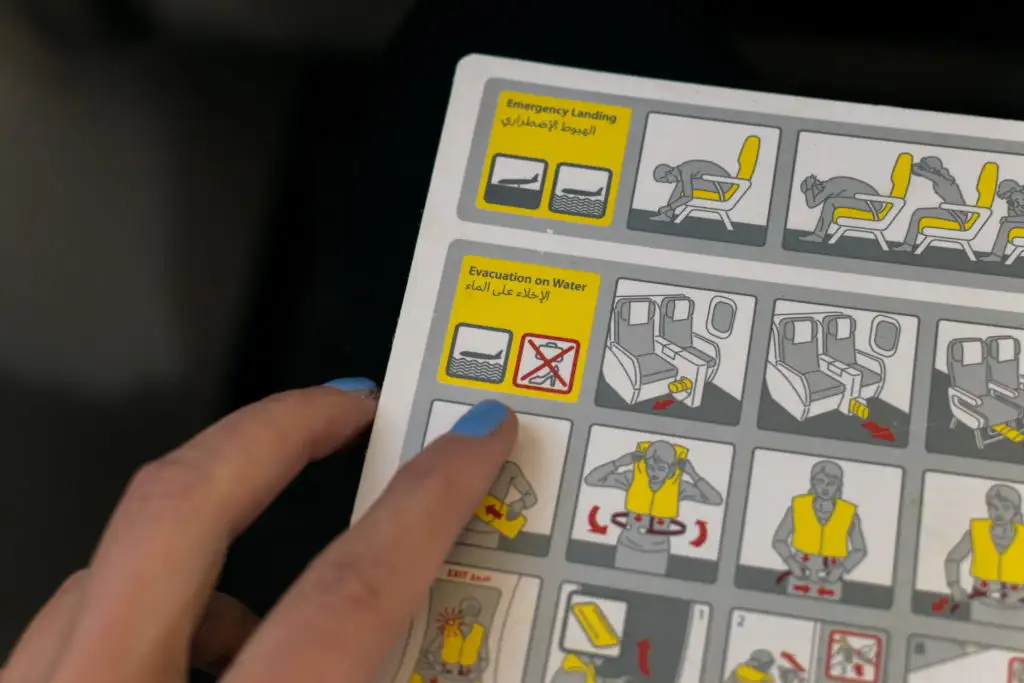
A number of crash studies focusing on both survivors and staged experiments have proven that the brace position saves lives in airline accidents. According to the FAA, you should brace correctly by returning your seat to the upright position. Then rest your head and chest against your legs while grasping your ankles or legs, keeping your face down in your lap (not turned sideways).
If the seats are too close together for you to place your head in your lap, place your head against the seat in front of you, with your dominant hand on the back of your head and your non-dominant hand covering the dominant hand. (This is to protect the stronger hand, which passengers will need to unbuckle the seat belt and potentially operate emergency doors.)
Your feet and knees should be placed together, with feet flat on the floor. It’s crucial that the feet be positioned farther back than the knees, as legs can fly forward upon impact and suffer broken bones or injuries after slamming into the seat, which could prevent you from exiting the plane. If possible, place luggage under the seat in front of you to help cushion the blow.
The FAA does not recommend that flyers use pillows or blankets to act as cushions in the brace position, as they can increase the possibility of secondary impact injuries and clutter the aisles during an evacuation.
Ditch Your Belongings
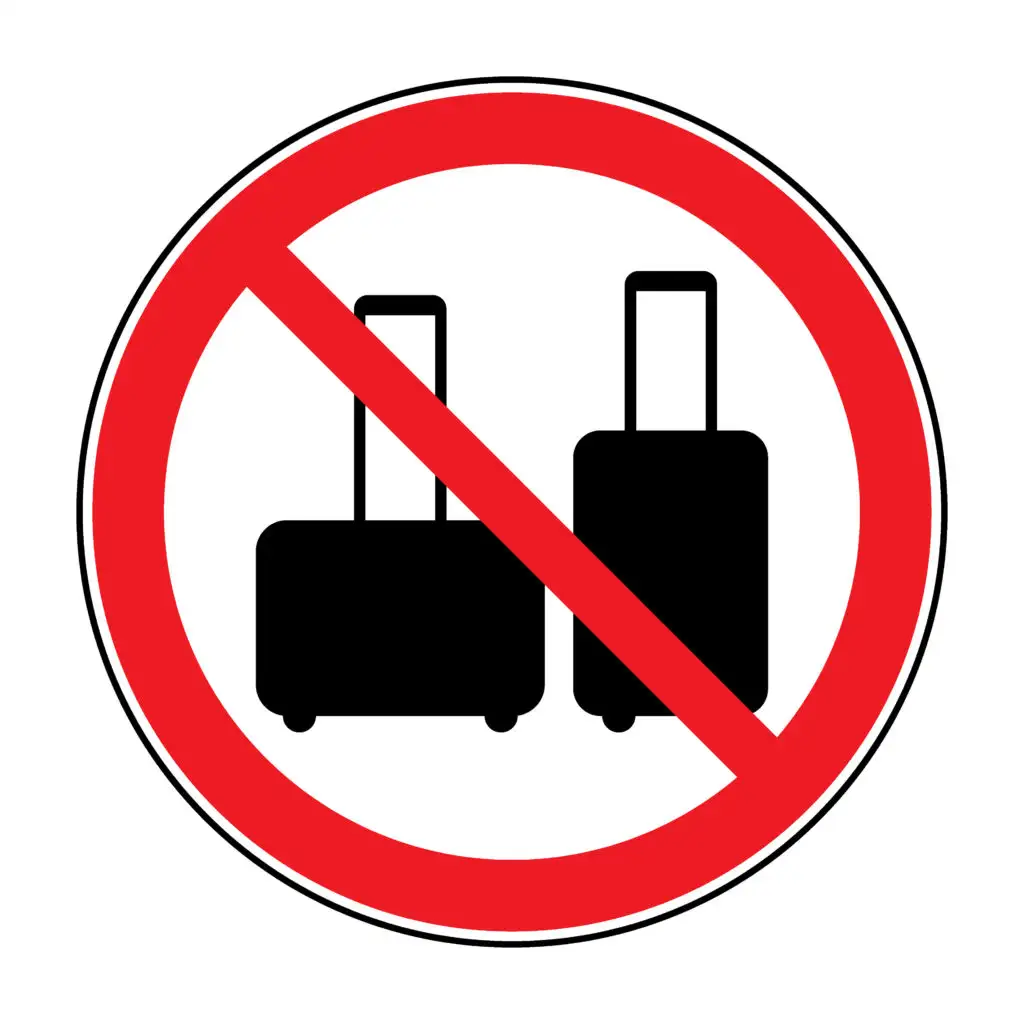
According to an NTSB report, 68 percent of passengers killed in plane crashes died due to post-crash fires, not injuries sustained in the actual accidents. The precious time you spend trying to grab your carry-on or purse could make the difference between life and death—and no item is worth that. Plus, trying to bring your luggage out of the plane or down the emergency slide will slow down everyone behind you.
Wear the Right Clothing

Planes carry so much fuel that post-crash fires are a real concern. So avoid wearing highly flammable clothes made from polyesters or nylons. Instead, opt for natural fibers like cotton or wool.
And leave the high heels and flip-flops in your suitcase—high heels can puncture evacuation slides and flip-flops can easily fall off, leaving you barefoot.
Stay Alert During These 11 Minutes
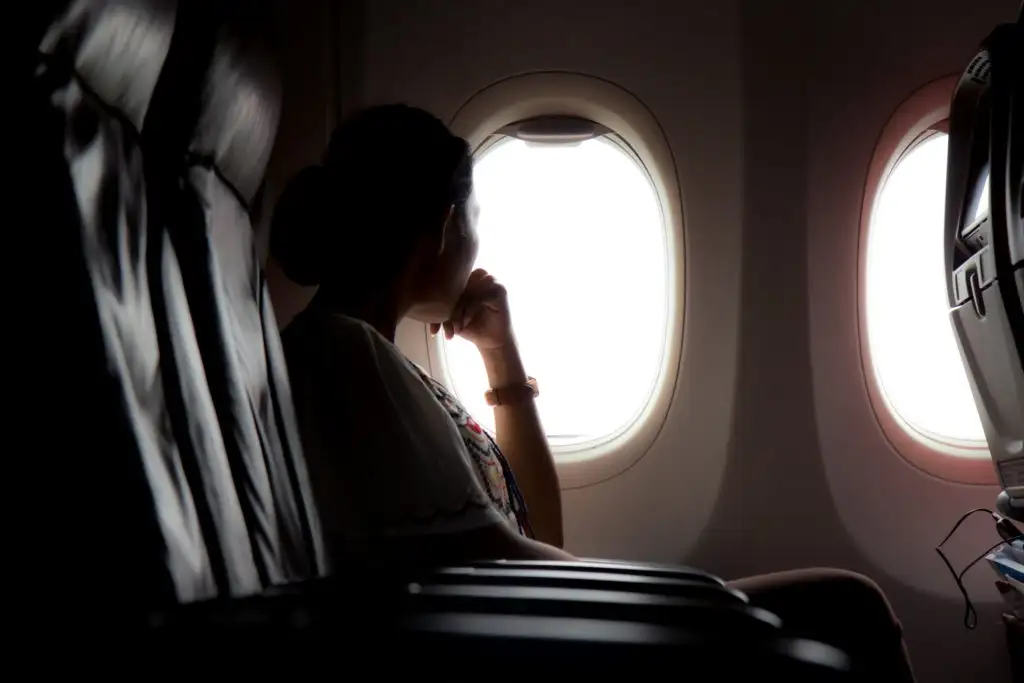
Ben Sherwood says that 80 percent of all plane crashes happen within the first three minutes of takeoff or in the eight minutes before landing. Stay focused and alert during this time frame before popping in your earphones or downing a cocktail.
Sit in an Aisle Seat Within Five Rows of an Exit
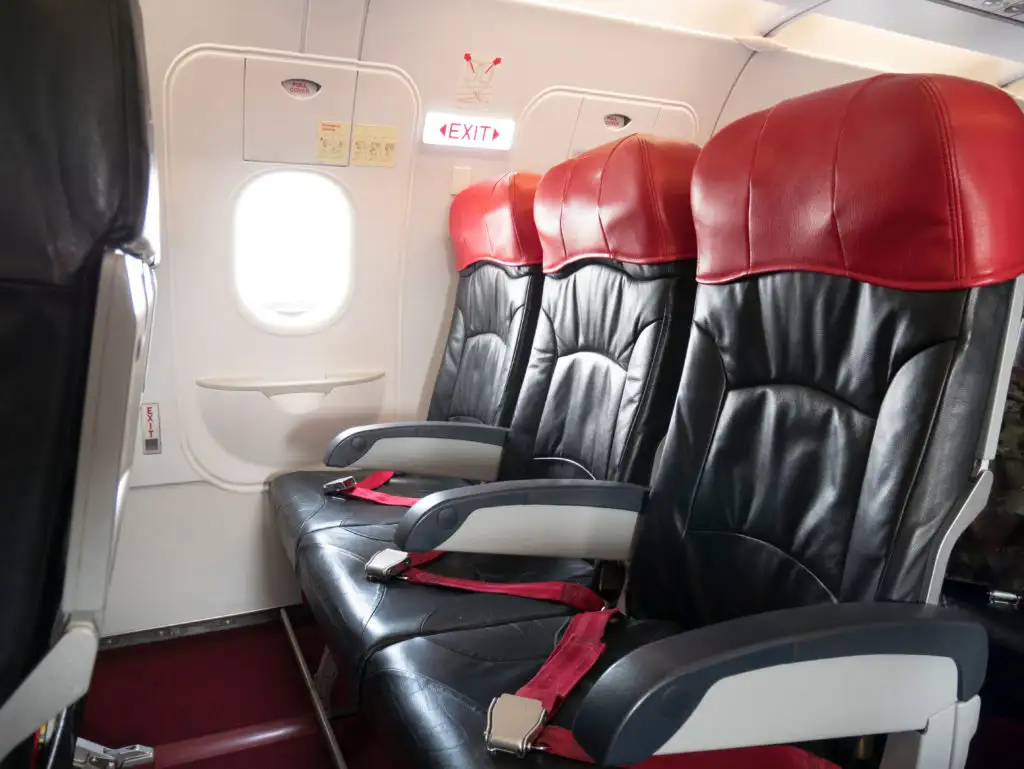
Flyers sitting within five rows of a useable exit are more likely to escape and survive a plane crash than those sitting further away, reports aviation-safety expert Ed Galea. After studying the seating charts of more than 100 plane crashes, Galea found that passengers in aisle seats had better odds of surviving than those in window seats. It takes about 90 seconds for a fire to burn through a plane’s fuselage, so you want to be able to get out as quickly as possible.
Get Away From The Wreckage (but Not Too Far)
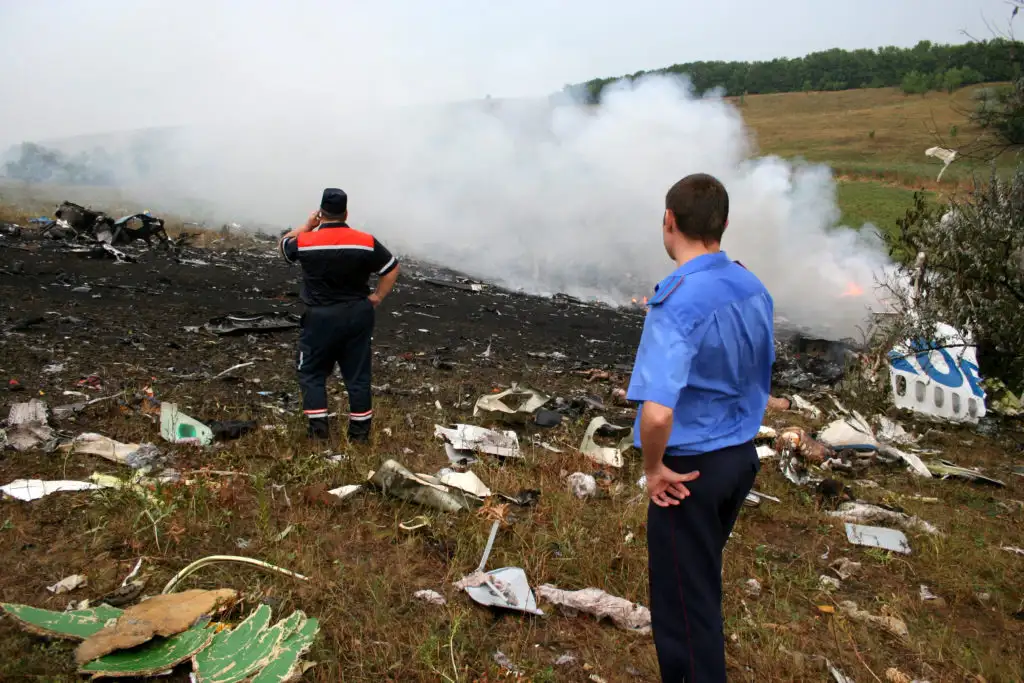
Once you’ve successfully evacuated the plane, don’t stop there. Get far enough away from the wreckage that you won’t be injured by a fire, an explosion, or hazardous fumes. But don’t get too far away from the crash site—rescuers will be looking for survivors close to the plane, and you don’t want to risk not being found, especially if you pass out from injuries or are in a remote area.
You Might Also Like:
• 11 Travel Secrets I Learned Working in a Hotel• 11 Important Rideshare Safety Tips for Travelers
• The Ultimate Guide to Online Check-In for Flights
• Flight Price Trackers: 6 Sites That Will Find the Cheapest Airfare for You
• 10 Free Things You Can Get at Airports
We hand-pick everything we recommend and select items through testing and reviews. Some products are sent to us free of charge with no incentive to offer a favorable review. We offer our unbiased opinions and do not accept compensation to review products. All items are in stock and prices are accurate at the time of publication. If you buy something through our links, we may earn a commission.
Related
Top Fares From
Today's Top Travel Deals
Brought to you by ShermansTravel
Porto to Lisbon: 7-Nt, Small-Group Portugal...
Indus Travels
 vacation
$1899+
vacation
$1899+
Greenland: Luxe, All-Incl. 11-Nt Exploration Small-Ship...
Swan Hellenic



Ohio: Daily Car Rentals from Cincinnati
85OFF.com






